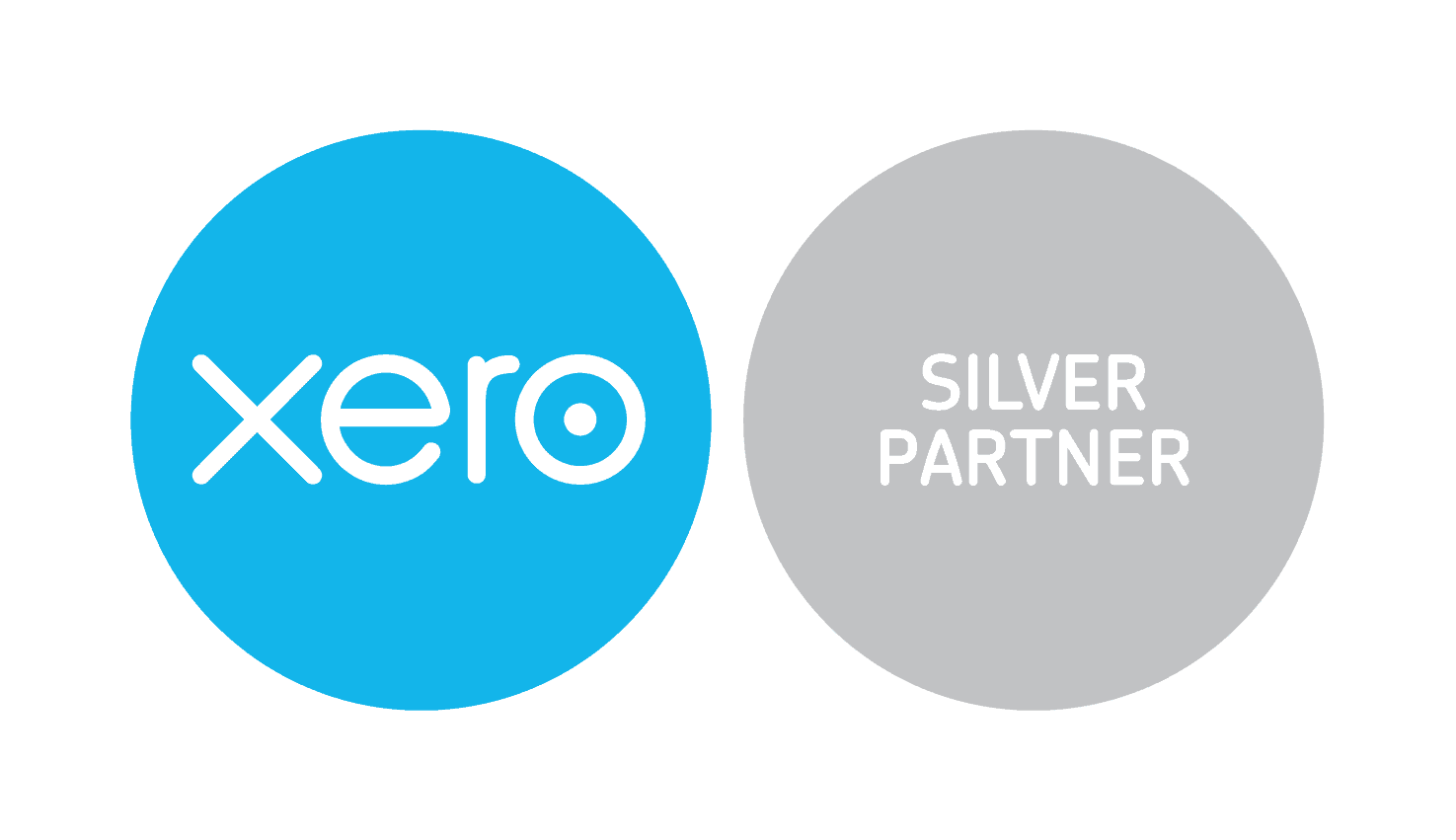Have you ever experienced a peaceful tax season? One where you knew (more or less) what to expect and felt more in tune with your business’s finances by the end?
Believe it or not, you can have that experience every year. Tax season can be an exciting affirmation of where your business is going — or at the very least, one that doesn’t stir up a whirlwind of anxieties.
The key is preparation, and the best thing you can do to ensure you’re prepared is keep up with your bookkeeping throughout the year. If you reconcile your books throughout the year, completing a year-end review will be a breeze. You’ll be able to run the necessary reports in your bookkeeping software or have the necessary totals ready for your accountant to do so.

Review Your Annual Balance Sheet and Income Statement Now
Two key documents for any business owner are their annual balance sheet and income statement. Together, they give you a clear view of your finances and the data you need to file your taxes.
Creating Your End-of-Year Balance Sheet
Balance sheets reveal your business’s assets, liabilities, and equity at any given point in time. In this case, we’re looking at where your business stood at the end of December 31, 2021.
The setup for a balance sheet is simple. Your business’s assets go on the left; liabilities and equity go on the right.
Assets: Goods and resources that could be liquidated and turned into cash
Liabilities: Anything owed, whether payroll, rent, or taxes
Equity: What would be left of your assets if all your liabilities were paid.
When you add up both columns, the totals should match. That is, they should balance. If they don’t, look through the columns line by line to find the discrepancies. There are some common areas that might trip you up, which I’ll explain below.
Keep reworking the numbers until the totals match. Then, double-check your work! If you do your bookkeeping in a program like Xero or QuickBooks, you should be able to run a report as long as your books are accurate.

Building Your Annual Income Statement
An income statement itemizes your income and expenses by category, and calculates your net income during the selected period. In this case, we’re looking at the fiscal year. It’s set up as one column, adding income and expenses for that period. This statement is also often referred to as a Profit & Loss Statement (P&L for short!). You can break this down a number of ways, but your might include :
Revenue: The total amount of income your business generated by the sale of goods or services.
Cost of Goods Sold (COGS): Expenses directly related to producing the various products or services you sold.
Gross Profit: Your revenue less COGS.
General Operating Expenses: These are expenses required to keep your business going, such as rent, marketing, merchant fees, and equipment expenses.
Operating Earnings: Your earnings less operating expenses.
Interest Expenses: Interest you paid on debt to get your earnings before income tax.
Income Taxes: How much you paid in taxes already.
Net Income: Your total after all revenue and expenses are accounted for.
After you’ve worked through your income statement, double-check all your numbers to make sure they are accurate.
Your annual income statement is vital for your taxes, but this is also a good way to check in with your finances throughout the year. If your net profit seems unexpectedly high or low, look back through the statement to see which line items may be making the difference. These insights will help you make adjustments to your budget according to your goals.

Review, Review, Review
While the income statement and balance sheet are different, you can see where they overlap. If you realize you’ve missed something in one, make sure to check any related items in the other. Keep checking your numbers until you have a review that brings up no errors. When you have an accurate income statement and a balance sheet with matching columns, you’re ready to file!
Stay tuned for Preparing Your Books for Tax Season, Part 2, where we’ll be discussing easy items to forget! And if you’d like personalized help in the meantime, we’d love to support you. Give us a call, and we’ll help you create a plan for the 2021 tax year and beyond.





